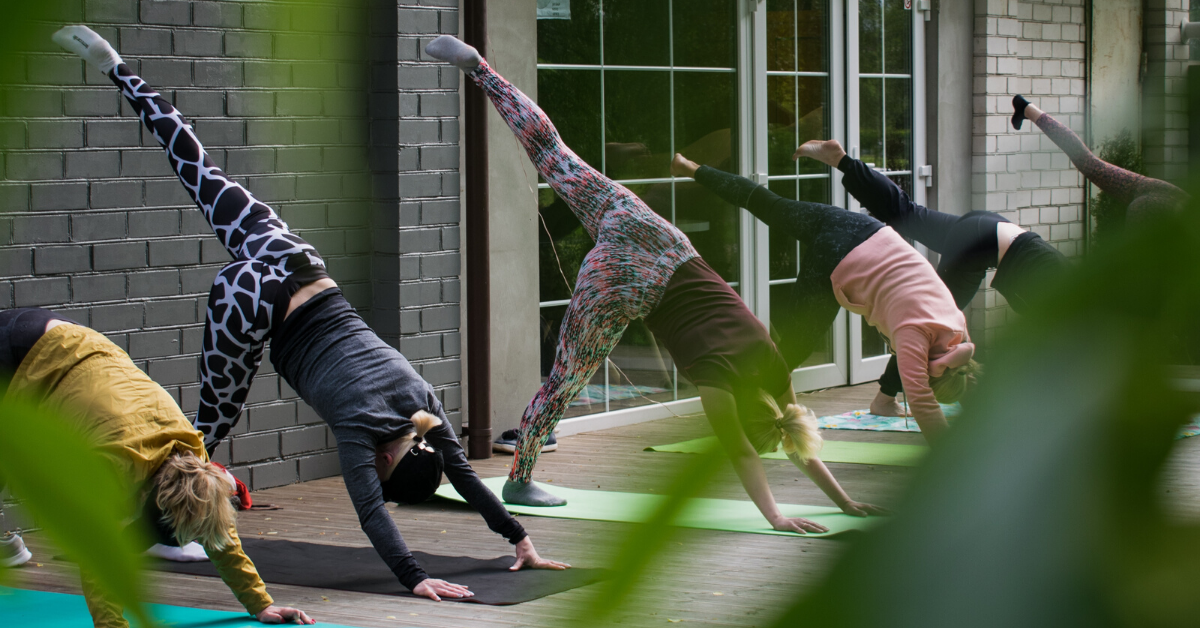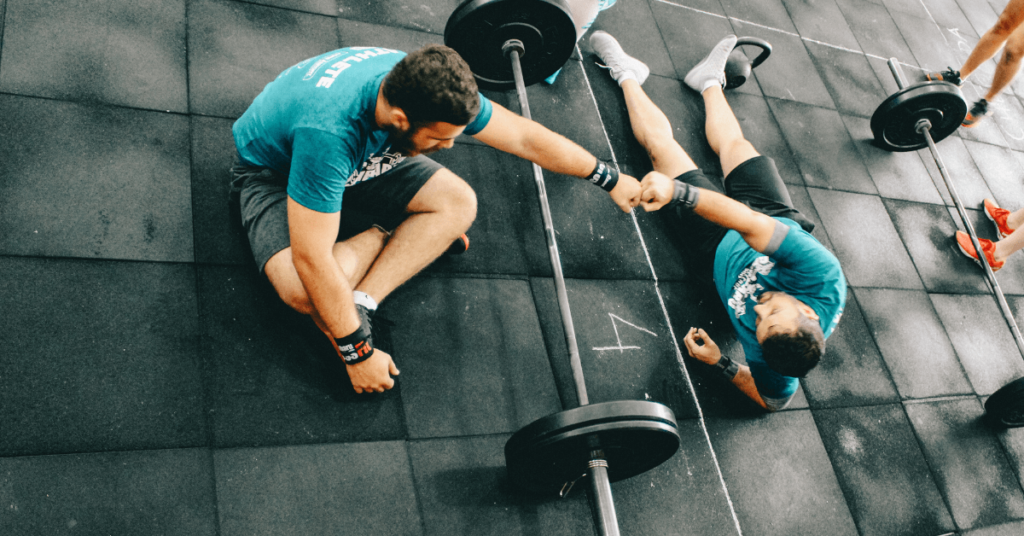By Nicholas Bezuidenhout
Fostering good habits can be the key to achieving your goals. Here are 5 simple habits that will improve your health and investment outcomes:
1. Seek Ongoing Professional Advice
Consulting a dietician or personal trainer upfront to construct a diet and exercise regime that is appropriate for your goals, although coming at a cost, will save you much frustration and drastically increase your chance of success. Their role is to set achievable goals and appropriate programs to follow to which they will hold you accountable. The interaction should be regular as they can check up on your progress and tweak your program over time (which is especially important should you reach a plateau). Having someone to report back to means that you will be more likely to be engaged and committed.
The same is true for investments. Consulting a Certified Financial Planner® professional will enable you to set up a suitable investment strategy that is affordable and most importantly, one that you can stick with. Active, regular engagement is crucial to prompt you to keep putting funds away when possible (and opportune!) and to help you stay the course. At the same time, a Certified Financial Planner® professional will review the long-term performance and makeup of your portfolio and make suitable recommendations on a forward-looking basis.
As investment returns do not come in a straight line, but rather in a lumpy fashion, staying invested in your strategy is the most important determinant of success. To do so requires emotional control and not making impulsive decisions when investments are down or volatile. A Certified Financial Planner® professional can act as a rational sounding board, to talk through your concerns and to give you additional insight enabling you to avoid costly missteps.
2. Diversification – the only free lunch!
Although there are myriad diets and nutrition options available, a well-balanced diet is essential for good long-term health. This can be in the form of balancing your macronutrients (protein, carbohydrates and fats) or including a balanced variety of fruits and vegetables in your diet.
In a similar way, when it comes to investments, diversification is crucial in building a robust portfolio that can withstand the ups and downs of different business, economic and market cycles. Appropriate diversification allows you to achieve your desired goals whilst lowering the risk of permanent capital loss and reducing the ups and downs of your portfolio.
Investment diversification involves balancing your asset class exposure (local and offshore) between shares (equities), cash, bonds and property. The ideal balance depends on your investment objective, your investment time horizon, your ability to tolerate fluctuations, and your financial capacity to take on risk. You may further diversify between active fund managers, who choose the shares that you are invested in, or passive low-cost index tracking investments. When employing the services of an active fund manager it is beneficial from a risk/return perspective to blend fund managers with different investment styles such as growth and value.
3. Consistency
Being continually conscious and discerning about what you put into your body whilst being consistent with your exercise routine is the only way to achieve your long-term health goals. The same is true for investments. By setting up a regular contribution with an automatic annual increase together with a reminder to top up your retirement annuity or tax-free savings plan before the end of the tax year, you will be amazed how much sooner you will see results.
4. Think Long-Term
In today’s technological age of streaming and 24-hour delivery services we all want instantaneous results. Unfortunately, when it comes to your health and investments it takes time to see these results.
Once the appropriate investment portfolio has been implemented then the next step, which is probably the most difficult, is to stick with the strategy and give it time. This requires patience and immense self-control. Like a new diet or exercise plan, the biggest risk to not achieving your goal is that you abandon your plan along the way because you are not seeing the results soon enough. This may happen because you are investing sporadically, evaluating returns over too short a period (most fund managers invest with a 5 to 10 year time horizon) or falling prey to making emotional decisions.
Of course, a very real problem may be that you cannot stomach the ups and downs of your portfolio. This may require a meeting with your Certified Financial Planner® professional to ensure that your portfolio is in line with your risk tolerance level and a tweak or two may be needed. Another strategy is to only look at your investments once a year, after all, the less frequently you look at an investment the less volatile it will become!
5. Always Look Forward!
We all have binge days when we overeat or periods when we do not exercise. Fixating on those times can create feelings of guilt making it difficult to move forward. Remember, we cannot change the past and the only thing that we have control over is what we do today and going forward. With investments it can be very tempting to base decisions on historic short term investment performance making it enticing to change your portfolio to follow last year’s best performer or to abandon ship when things are down. This behaviour can be very costly over time as last year’s outperformer can sometimes be next year’s underperformer. By not giving investments time to deliver you can miss out when things pick up. Rather make investment decisions looking forward asking the following 3 questions:
- Is my portfolio still appropriate for my objectives and risk appetite?
- Is my portfolio well diversified locally and offshore, between asset classes and quality fund managers with complementary investment styles?
- Do I need to put more away to make achieving my goals more likely?
The principles of investing are straightforward but implementing them is not. Like any diet or exercise training program, investing requires sacrifice now to benefit your future self. At the same time, avoiding costly missteps requires mastery of your behaviour and an understanding of the common pitfalls that can catch you out. Following the 5 habits above will help you navigate your health and investment journey, significantly improving the chances of a successful outcome.
__________________________________________________________________________________
More about Nicholas Bezuidenhout
Nicholas is an Actuary and Certified Financial Planner® professional specialising in retirement planning and investments whilst helping people protect their and their family’s financial well-being. Please follow Nicholas at https://nicholasbezuidenhout.com/ and https://twitter.com/nick_bez













